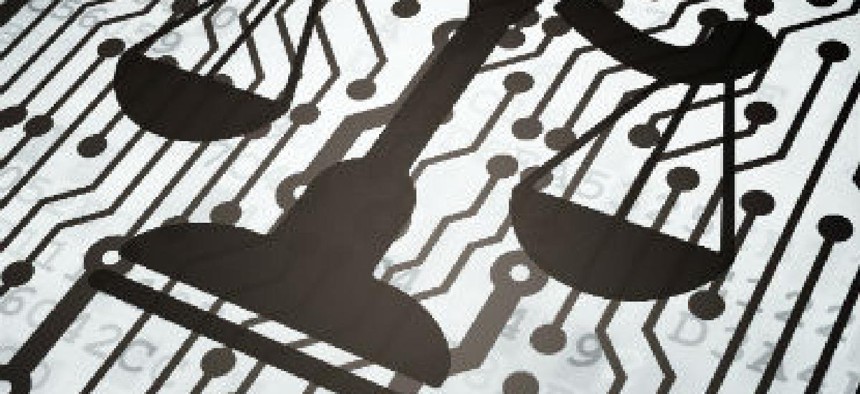Can better tech support the sprawling Ninth Circuit?

Sen. Jeff Flake is skeptical that the Ninth Circuit court's embrace of technology will meaningfully address its case backlog.

Technology is at the heart of a debate about whether to split up the U.S. Court of Appeals for the Ninth Circuit.
For years, congressional Republicans have claimed that the court's geographic jurisdiction, which covers much of the western United States, is too large, causing an unacceptable backlog in unheard or delayed cases. Members of the court and the larger judicial community have argued that the court's embrace of technology has rendered most of these concerns moot.
Count Sen. Jeff Flake (R-Ariz.) as a skeptic. The chairman of the Senate Judiciary Committee's Privacy, Technology and the Law Subcommittee questioned court leaders about whether tools such as e-filing, case management software and automated docketing can sufficiently streamline the court's judicial burden.
"There is a persistent theme here that technology will solve the structural problems of the Ninth Circuit," Flake said. "It's a neat theory, but I believe it's false."
Flake introduced a bill earlier this year that would split five Ninth Circuit court states (Alaska, Idaho, Montana, Nevada and Washington) into a separate Twelfth Circuit court.
Judge Sidney Thomas, who leads the Ninth Circuit court, said it has sophisticated automated docketing and is the only court to live-stream oral arguments and archive video arguments for the public. He added that e-filing and inventory management systems have allowed the court to overcome or prioritize many of its caseload issues.
"I think everyone recognizes that the Ninth Circuit is a leader in technological and case management innovation," Thomas said.
Judge Richard Tallman, a member of the Ninth Circuit court who supports the split, argued that the use of technology has not been able to meaningfully address the court's backlog, which he said accounts for one-fifth of all federal appeals and 31 percent of all pending cases nationwide.
"This is not a problem that can be solved or even greatly improved with new computer systems or additional electronic communication equipment," Tallman said.
The American Bar Association released a statement shortly before the hearing urging Congress fill the more than 20 judicial vacancies in order to reduce workloads and "refocus its efforts on assuring that the Ninth Circuit (and the entire federal judiciary) has access to the best technological resources available."





